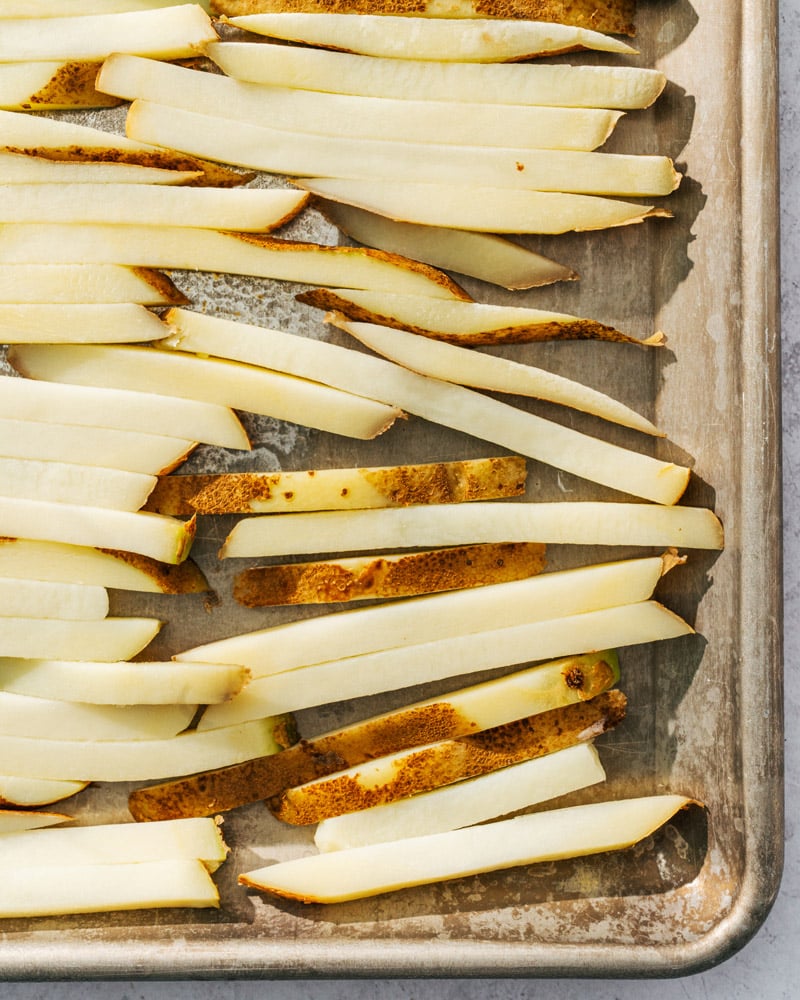
How to Heal a Sprained Knee: Effective Techniques for Quick Recovery
A sprained knee can be debilitating, but understanding the right techniques and treatments can expedite your recovery significantly. This comprehensive guide covers how to heal a sprained knee through immediate care, rehabilitation, and preventive strategies for better long-term results. Whether you're looking for tips on fast recovery for knee sprain or best practices to support recovery, we've got you covered.
Immediate Care for Knee Sprain
When you first experience a knee sprain, immediate care is crucial to minimize swelling and pain. The **R.I.C.E** method — Rest, Ice, Compression, and Elevation — is the cornerstone of effective immediate care for knee sprain. Resting the injured leg prevents further damage and allows healing to begin. Applying ice treatment for sprained knee aids in reducing swelling and numbing the pain. Aim for 20-minute intervals of ice application, ensuring the ice pack is wrapped in a cloth to avoid skin damage.
Ice Treatment for Sprained Knee
Using an ice pack is an effective way to combat the initial pain and swelling following a sprain. Start applying ice 48 hours after the injury to help with knee swelling management. Remember, it's essential to use ice for at least 15-20 minutes every hour. This treatment works by constricting blood vessels, thus reducing inflammation. Be mindful not to apply ice directly on the skin; use a cloth or towel as a barrier for protection.
Compression Techniques for Knee Sprains
Compression is another crucial method when you explore best sprained knee treatments. Compression wraps or sleeves can provide support to the knee while also controlling swelling. When applying compression, ensure that the wrap is snug but not so tight that it restricts circulation. Combining compression with elevation can amplify the effects, reducing recovery time significantly.
Importance of Elevation in Recovery
Elevation is often overlooked but is essential for managing knee sprains. By elevating the knee above heart level, you reduce blood flow to the injured area, thus minimizing swelling and pain. It's advisable to elevate the leg using pillows while lying down, especially during the initial recovery period. Make this a part of your daily routine to ensure optimal recovery and enhance joint protection.
Long-term Rehabilitation Techniques for Knee Sprain
As the acute phase of your knee sprain begins to resolve, transitioning to long-term rehabilitation is necessary for complete recovery. Focus on strengthening exercises after knee sprain and mobility protocols to ensure the joint regains its full functionality. Engaging in this phase at the right time can prevent complications and further injuries down the line.
Strengthening Exercises After Knee Sprain
Once the pain subsides, introduce gentle strengthening exercises to enhance joint stability. Begin with isometric exercises, such as knee extensions, where you can gradually increase intensity as pain allows. Incorporating resistance bands can make a significant difference in knee strengthening strategies, which promotes muscle recovery and supports the surrounding ligaments. Remember to focus on the range of motion and avoid any exercise that exacerbates pain.
Physical Therapy for Knee Injuries
Consulting with a professional, such as a physical therapist, can provide invaluable insights into knee injury care basics. Physical therapy tailored to your specific injury will involve a combination of manual therapy and specific exercises designed to strengthen the knee and improve mobility. These tailored rehabilitation programs help in returning to sports and everyday activities safely.
Home Remedies for Knee Sprain
In addition to conventional treatments, there are effective home remedies for knee sprain that can aid recovery. Herbal remedies, such as turmeric, which has anti-inflammatory properties, can support healing when consumed regularly. Another option is using a natural ointment with ingredients like menthol and eucalyptus to further soothe the pain. Ensuring you have proper hydration also makes a difference in the healing process.
Preventing Future Knee Sprains
Incorporating effective prevention strategies into your routine is essential to avoid future knee sprains. By focusing on the factors that contribute to knee injuries, you can significantly reduce the risk of re-injury. This involves a combination of proper warm-ups, strengthening exercises, and adopting correct biomechanics during physical activity.
Warming Up Before Activities
One of the best preventive measures for knee sprains is the importance of warming up before exercises. A proper warm-up enhances overall joint mobility while preparing muscles and ligaments for activity. Spend about 10-15 minutes focusing on dynamic movements that involve the knees, such as leg swings and lunges. This routine will lower the risk of acute injuries during intense physical activity.
Understanding Your Knee Anatomy
Another critical preventive aspect is having a solid understanding of your knee anatomy. Familiarize yourself with the ligaments around the knee, especially the anterior cruciate ligament (ACL) and the medial collateral ligament (MCL), as they are particularly susceptible to injury. Increasing awareness through education can help you recognize bad biomechanics or techniques that could jeopardize your knee health.
Using Proper Footwear
Using appropriate footwear is crucial for maintaining knee health. Wearing shoes that provide adequate support during exercise activities enhances balance and stability, significantly reducing the risk of knee injuries. Look for shoes designed for your specific activity (running, basketball, etc.) to provide the best support. Also, consider consulting an orthopedic specialist for tailored recommendations based on your gait and activity levels.
Key Takeaways
- Implement the R.I.C.E method for immediate relief of knee sprains.
- Transition from acute care to long-term rehabilitation focusing on strengthening exercises.
- Adopt preventive measures such as proper warm-ups and using appropriate footwear to avoid future injuries.
- Consider professional help through physical therapy and orthopedic advice for personalized recovery.
- Maintain hydration and a proper nutrition plan to support overall healing.
FAQ
1. How long is the recovery time for knee sprain?
The recovery time for knee sprain varies significantly based on the severity of the injury. Mild sprains may heal within a few days to a week, whereas more severe injuries can take several weeks or even months for full rehabilitation. It's essential to follow a tailored recovery plan and listen to your body throughout the process.
2. What anti-inflammatory medications are effective for knee pain?
Over-the-counter options, such as ibuprofen or naproxen, are commonly recommended anti-inflammatory medications for knee pain. These drugs can help manage pain and swelling effectively. However, you should always consult with a healthcare professional for dosages and considerations based on your medical history.
3. Is physical therapy necessary after a knee sprain?
Physical therapy can significantly improve recovery outcomes and help regain strength and mobility. Seeking orthopedic advice for knee sprain can help you determine whether physical therapy is necessary based on your injury's severity and your activity demands.
4. What stretches should I perform after a knee sprain?
Gentle stretching becomes vital as you progress in your rehabilitation, focusing on the hamstrings, quadriceps, and calves. Incorporating yoga for knee recovery can also provide great advantages in flexibility and strength, promoting a smoother transition back to physical activity.
5. How can I prevent future knee sprains?
Prevention strategies include proper warm-ups, understanding your knee anatomy, and using footwear designed for your specific activities. Implementing these strategies will not only help avoid sprains but will also promote overall knee health.
6. What are the signs of a severe knee sprain?
Signs of a more severe knee sprain may include considerable swelling, instability, intense pain, and inability to bear weight on the affected leg. If you experience these symptoms, it's crucial to consult a doctor for knee injuries for proper assessment and treatment.
7. Can hydration affect recovery from a knee injury?
Hydration is critical for healing as it aids in nutrient transportation and inflammation reduction. Ensuring you stay adequately hydrated contributes positively to nutrition for injury recovery and overall joint integrity during the healing process.

